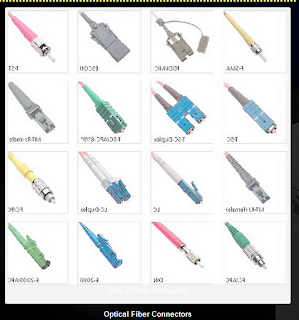Basics of Storage and Memory
Disks and Memory
We all have known the memory sizes of storage devices such as SDCARD, USB drive, HDD, SSD, RAM in terms of Mbps, Gbps very easily. But What is the smallest size and bigger size in case of memory, lets have a look below;
A computer uses a binary number system called a Bit. Its either 0 or 1. Means a single bit is 0 or 1.
So, 8 Bits = 1 Byte
Which means 8 binary digit is called 1 byte. A byte is a unit which is used to represent a character such as letter, number and symbol. It is a string of bits.
Now so as,
- 1 Kb (Kilobyte) = 1024 bytes (b)
- 1Mb (Megabyte) = 1024 Kilobytes (Kb)
- 1 Gb (Gigabyte) = 1024 Megabyte (Mb)
- 1 TB (Terabyte) = 1024 Gigabyte (Gb)
- 1 Pb (Petabyte) = 1024 Terabyte (Tb)
- 1 Exabyte (Eb) = 1024 Petabyte (Pb)
- 1 Zettabyte (Zb) = 1024 Exabyte (Eb)
- 1 Yottabyte (Yb) = 1024 Zettabyte (Zb)
HDD: (Hard Disk Drive)
A hard disk is a electro-mechanical storage device used for storing data (image, audio, video, document etc.) in a magnetized medium. It comes with various sizes such as 40GB, 60GB, 500GB, 1TB and more. Used in computers and servers.
They have several interfaces such as PATA (Parallel ATA), SATA (Serial ATA).
Data being stored in the HDD in form of logical blocks on the rotating platters.
SSD: (Solid State Drive)
Here is uses electronics circuits integrated to store the data through non volatile flash memory (NAND Flash chip). This is significantly faster than the HDD.
Below is the comparison between the SSD and HDD for reference.
Buffer is a temporary memory that hold or reserves data for some time for access.
Cache memory:
Similarly cache memory is one type of fast memory acts as buffer between RAM and CPU of a system. It enables the fast retrieval of data. They are differentiated in three levels such as L1, L2 and L3 and size ranging from 8KB to 64KB. The largest L3 ranges from 4MB to 50MB.
For Server end or Data Centre end, we basically use storage system to keep all the data stored as well as backed up. storage is a technology consisting of computer components and recording media that are used to store digital data.
In case there we are using RAID configuration for the Storages.
RAID is known as Redundant Array of Inexpensive (or Independent) Disks and is combined of multiple physical disk drive components into one or more logical units for the purpose of data redundancy and performance improvement.
- Array of multiple small, independent hard disk drives that yields performance exceeding that of a Single Large Expensive Disk (SLED).
- A RAID disk subsystem improves I/O performance on a server using only a single drive.
- The RAID array appears to the host server as a single storage unit.
- I/O is expedited because several disks can be accessed simultaneously.
- RAID can be managed in the software by the OS or in hardware by RAID controller.
The RAID architecture is based on configuration of RAID. Type of RAID is provided below;
- RAID 0: Data Striping
- RAID 1: Mirror / Duplex
- RAID 5: Stripe set with distributed parity
- RAID 6: Double Parity.
- RAID 10: Combination of RAID 1 & RAID 0
- RAID 50: Combination of RAID 5 & RAID 0
RAID 0
RAID 0 is also known as stripping. It provides high data throughput and specially for large files. It does not provides fault tolerance or better redundancy. So in case of any drive fails, all data will be lost.
RAID 1
RAID 1 known as Mirroring, As data is to a drive, RAID 1 copies identical data to a second drive at the same time. Mirroring offers excellent data protection and delivers good performance when a mirrored drive fails. RAID 1 reduces the maximum drive capacity by half.
RAID 2
RAID 2 uses bit-level striping and each sequential bit is placed on a different hard drive with Hamming code Parity. However it is not so popular for using.
Parity Info:
Parity is a common way of detecting errors in a storage system. This is a way of adding checksums into data that can detect errors during data transmission. The way parity works is by adding a single bit of data to the end of a data block to ensure that the number of bits in the block is even or odd.
RAID 5
With RAID 5, each entire data block is written on a data disk and parity information is striped across all drives. It is most popular RAID level as it delivers data protection and good performance with a small overhead for parity.
RAID 50
RAID 50 is combination of RAID 5 & RAID 0, Data is striped over RAID 5 sets. It Can sustain loss of more than one disk as long as they are not in same configuration as of RAID 5.
-DR





























